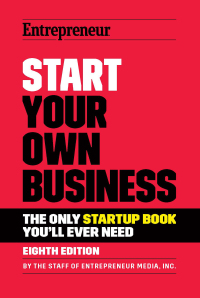Question
From website traffic to credit cards replacing cash, to genome sequencing, to sentiment analysis (analyzing every tweet, blog, and discussion group comment about your company
From website traffic to credit cards replacing cash, to genome sequencing, to sentiment analysis (analyzing every tweet, blog, and discussion group comment about your company and its products), the amount of digital data that a company has to go through is increasing at exponential rates. As a result, 79 percent of Fortune 500 companies use SAS, short for Statistical Analysis System. Shell Oil uses it to analyze data to predict how long the pumps will run on its North Sea oil-drilling platforms. Kohls department store maximizes profits by using SAS to analyze which products to mark down for sale. Credit card companies use SAS to reduce fraud by identifying unusual credit card purchases in real time. Finally, telecom companies offer great deals to customers who, via SAS, theyve determined are more likely to switch to competitors.
Although SAS has been profitable every year since inception, there are threats to its highly successful business model. First, says Gareth Doherty, an industry analyst, Most organizations arent in a position to be able to leverage some of the sophisticated applications that SAS offers because the No. 1 constraint when youre working with a tool this sophisticated is the user. If you dont have a rocket scientist sitting behind the desk, it doesnt matter what you have running on the desktop. Second, SAS products are expensive, starting at $1 million for industry-specific products (i.e., banking or retail), followed by subscription renewals that are 20 percent to 30 percent of the purchase price. Although SAS spends 22 percent of its revenue on research and development each year, larger firms are buying business intelligence companies to compete directly with SAS. SAP paid $6.8 billion for Business Objects, and Oracle paid $3.3 billion for Hyperion. The largest threat may come, however, from IBM, which paid $4.9 billion for Cognos and $1.2 billion for SPSS. IBM combined those firms into its business analytics group, which will employ 200 scientists and 4,000 consultants and analysts. Industry analyst Bill Hostmann says, It will be a dogfight. SAS has never faced a competitor like IBM. And I do think IBM sees SAS as a big, fatted cow.
With competition intensifying, SAS is shortening its product development cycle from between 24 and 36 months to between 12 and 18 months. Change like that cant be achieved without attracting and retaining a highly motivated workforce. Thats increasingly difficult with tech job openings up 62 percent and a 22 percent average turnover rate in the software industry. The first step in maintaining your competitiveness is figuring out what motivates people to join SAS. Second, getting people to join SAS is one thing, but how do you get them to work hard and maximize their efforts? Should you be egalitarian and pay everyone the same, or should you closely link pay and performance? Finally, how do you get your most talented managers and software engineers to stay? Does SAS need to go public like its competitors and issue stock and stock options to its employees? Or are there other ways for SAS to reward people and remain competitive in the talent market?
Answer in this template (150 words) -- be brief and use bullets
1) two facts
2) two main issues
'3) your two solutions
Step by Step Solution
There are 3 Steps involved in it
Step: 1

Get Instant Access to Expert-Tailored Solutions
See step-by-step solutions with expert insights and AI powered tools for academic success
Step: 2

Step: 3

Ace Your Homework with AI
Get the answers you need in no time with our AI-driven, step-by-step assistance
Get Started


